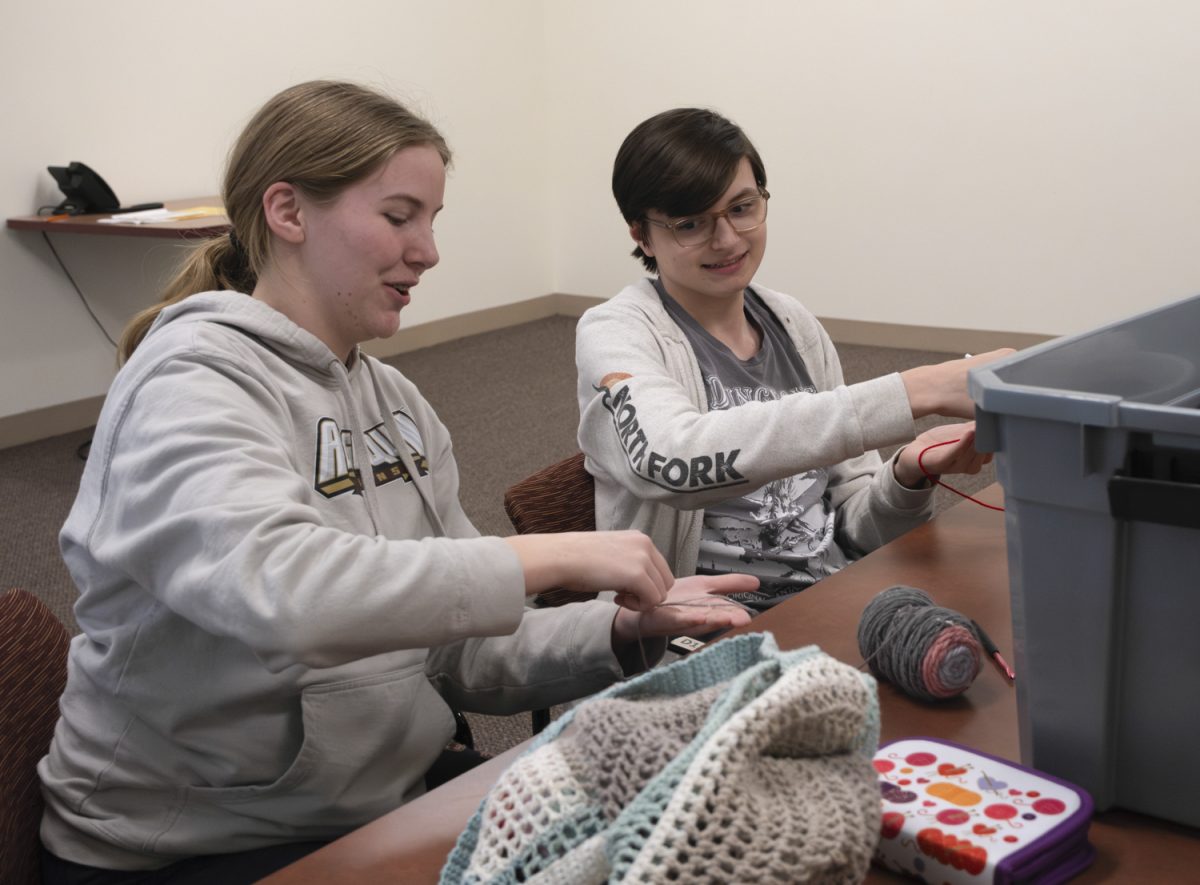Defending the town’s notorious killer who was thought to have murdered his girlfriend might seem outrageous. But reopening the case by digging yourself into a deep and giant hole, along with his brother, to prove his innocence is astonishing.
Many different genres of books interest the average reader like romance, comedy and fantasy. However, if you enjoy good brain teasers that get you more confused than a geometry test, “A Good Girl’s Guide to Murder” (AGGGTM) by Holly Jackson is the path to take.
AGGGTM has the perfect blend of perplexing plot twists and regular aspects like family and friends. The book focuses on 17-year-old Pippa Fitz-Amobi, known as Pip, and her investigation into the seemingly “solved” murder case of Andie Bell and her “murderer” Salil Singh. Pip doesn’t believe Sal is guilty and pleads with Sal’s younger brother, 20-year-old Ravi Singh, for his help in solving the mystery despite his initial reluctance. What started with a school project led her to find the ambition she needed to solve the case that everyone thought was finished.
Andie Bell was a 17-year-old girl from a small town named Fairview in Connecticut. Andie Bell was known as a stereotypical popular girl who made fun of people, but strangely she dated a kind and polite guy in her grade named Salil Singh. But after the couple had a small argument, Andie went missing. This rang alarms in people’s heads, and rumors started going around saying Sal was involved. Due to this pressure, he would eventually commit suicide in a nearby forest with a letter admitting to his guilty actions.
Without revealing the rest of the plot, Jackson absolutely knew what she was doing when she wrote this book considering how visibly well the plot was written. Jackson wrote her first novel at 15 and graduated from the University of Nottingham where she got a first-class degree and a master’s in English, so I’m certain she knows her stuff. The plot is exciting to linger over and it’s fun to theorize what will happen next.
This book really tries to encourage deep thinking and to inspect the text closely for clues as if you are Pip. This is done by adding more characters into the book that can set the reader on the wrong path and creating outrageous curveballs the readers get suddenly hit with. If you miss certain clues, you can miss things or characters that might be connected somehow.
There aren’t many weaknesses in this novel, but I wish there was at least a chapter where they just focused solely on Pip’s life before this case or even her childhood. This would be more relevant during the middle of the book to give readers a little break from having to just hear about the investigation.
WARNING! This 400-page novel has driven a lot of people into a state where they can’t put down the book. This is so severe to the point where the reader feels the need to read it every chance they get because it feels like if they put the book down they’re going to miss something.










